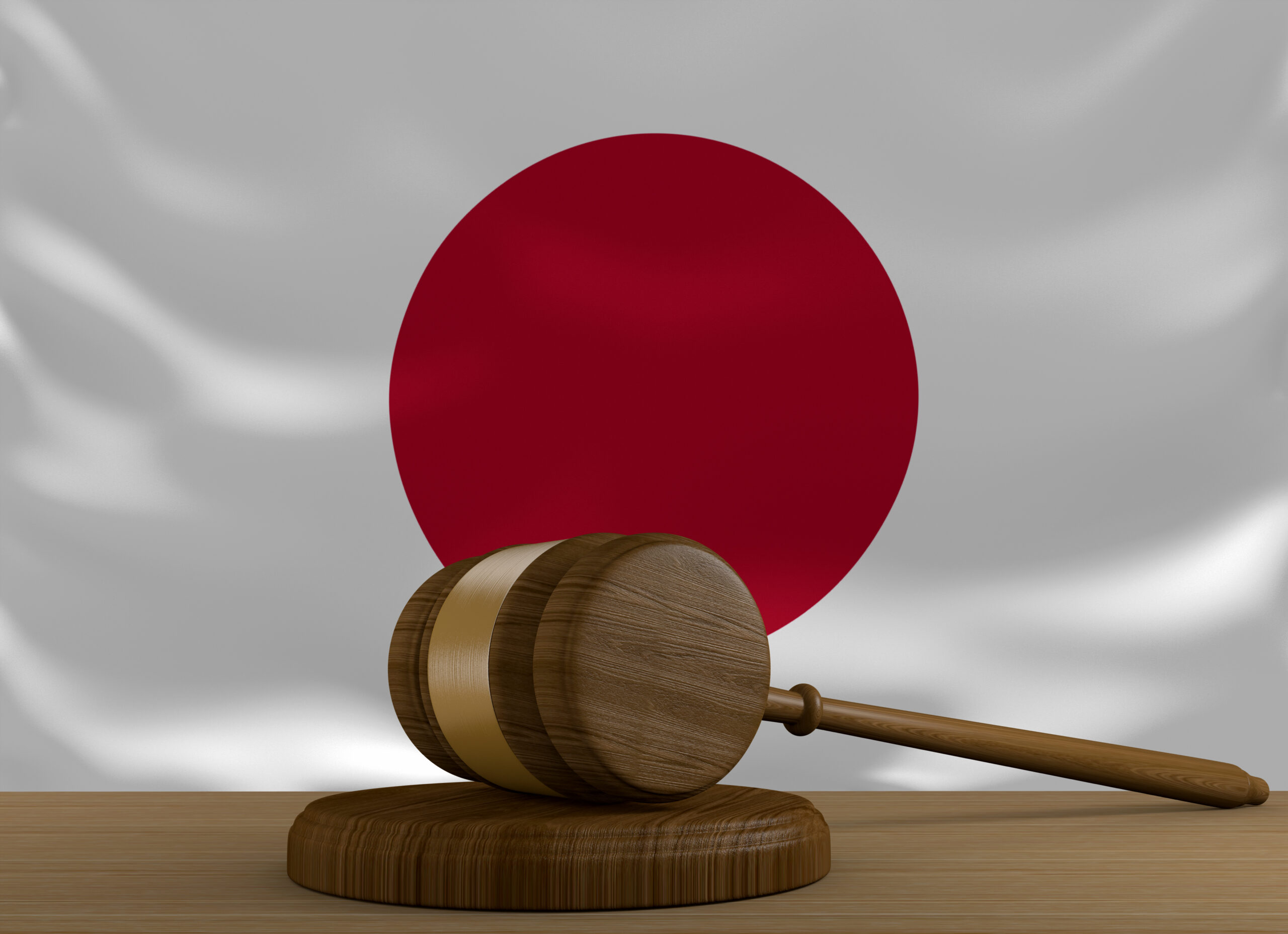STUDying Investments Patent-by-Patent: Zircon, Corp. v. International Trade Commission | Haug Partners LLP
The U.S. Court of Appeals for the Federal Circuit (“CAFC”) issued its most recent precedential decision on satisfying the economic prong of the domestic industry requirement at the International Trade Commission in Zircon Corp. v. International Trade Commission, 2024 WL 2037162, –F.4th– (Fed. Cir. 2024). The Zircon appeal challenged the Commission’s finding of no violation of 19 U.S.C. § 1337 for failure to satisfy the economic prong of the domestic industry requirement. This decision provides instructive guidance on how to properly record expenditures used to satisfy the economic prong so they can be properly allocated in an ITC investigation.
Under 19 U.S.C. § 1337 (“section 337”), a complainant must establish that “an industry in the United States, relating to the articles protected by the patent, . . . exists or is in the process of being established” to receive relief under section 337 based on patent infringement. 19 U.S.C. § 1337(a)(2)-(3). This is known as the domestic industry requirement, which is divided into two prongs: (1) an “economic prong” and (2) a “technical prong.”1
Section 337(a)(3) provides that the economic prong can be met by a complainant demonstrating, “with respect to the articles [i.e., the domestic industry product] protected by the patent . . . (A) significant investment in plant and equipment; (B) significant employment of labor or capital; or (C) substantial investment in its exploitation, including engineering, research and development or licensing.” Id. § 1337(a)(3).
In 2020, Zircon Corporation (“Zircon” or “Complainant”) filed a complaint in the United States International Trade Commission (“the Commission”) against Stanley Black & Decker, Inc. (“Stanley”) and Black & Decker (U.S.), Inc. (“Black & Decker”) (collectively, “Respondents”) alleging a violation of section 337 of the Tariff Act of 1930, 19 U.S.C. § 1337. Based on the complaint, the Commission instituted an investigation—Certain Electronic Stud Finders, Metal Detectors, And Electrical Scanners, Investigation No. 337-TA-1221. Following the evidentiary hearing, Chief Administrative Law Judge Charles Bullock (“ALJ”) issued an initial determination finding that Zircon had not established a violation of section 337, because, as relevant here, Zircon had failed to demonstrate that it met the economic prong of the domestic industry requirement. On review, the Commission affirmed the ALJ’s finding of no violation. Zircon then appealed to the CAFC, which affirmed the finding of no violation of section 337.
Zircon manufactures and sells electronic stud finders and owns several patents related to such technology, including the three patents at issue in this investigation: U.S. Patent No. 6,989,662 (the “’662 patent”); U.S. Patent No. 8,604,771 (the “’771 patent); and U.S. Patent No. 9,475,185 (the “’185 patent”) (collectively the “Asserted Patents”). Zircon, 2024 WL 2037162, at *1. The ’662 patent describes a mechanism for automatically recalibrating a stud finder and both the ’771 and ’185 patents describe grips on a hand tool or stud finder that provide an axis of rotation. Id. The products at issue in this investigation concerned 53 different electronic stud finder products. Electronic stud finders are used to detect and locate a wall stud (a wooden board used in the framing of a building) that are not visible because they are installed behind the drywall of a house. Id. at *3. Stud finders are used to locate the studs so items can be properly secured to the wall.
In determining there was no violation of section 337, the ALJ found that the domestic industry requirement was not satisfied with respect to any of the Asserted Patents. Id. at *2. Specifically, the ALJ determined that Zircon failed to establish for each of the statutory requirements that Zircon’s investments satisfied the significance or substantiality requirements.
Zircon then sought Commission review of the ALJ’s initial determination. Id. Zircon argued that it satisfied sections 337(a)(3)(A), (B), and/or (C) for all of the Asserted Patents. Zircon relied on an aggregation methodology of its investments across all of its domestic stud finder products to show the investments it has made in each of the three statutory categories. Id. at *3. With respect to the ’662 patent specifically, Zircon argued that its “research and development expenditures on a computer chip” used in the domestic industry products satisfied section 337(a)(3)(C). Id. The Commission, however, rejected both arguments.
In rejecting the aggregation argument, the Commission determined that “Zircon had not met its burden to establish a domestic industry related to any of its asserted patents.” Id. at *2. The Commission explained that by Zircon “aggregating its investments across domestic industry products that practiced different patents or groups of patents, Zircon ‘failed to provide the Commission with an adequate basis to evaluate the investments and the significance of those investments with respect to each asserted patent.’” Id. Throughout the proceedings, Zircon “relied on evidence of its cumulative expenditures on all 53 of its domestic industry products to argue that its investments in plant and equipment, labor or capital, and/or research and development have been significant or substantial.” Id. at *3. In fact, despite Zircon alleging that all 53 stud finder products were covered by the Asserted Patents, it conceded that not all 53 products practiced each of the Asserted Patents. Id. And because Zircon did not allocate its expenditures on its 53 stud finder products separately with respect to each of its products or each of the asserted patents, the Commission found that this failure “precluded the Commission from evaluating the significance of Zircon’s investments with respect to each asserted patent.” Id.
On appeal, Zircon argued that the Commission erred in requiring a patent-by-patent breakdown of investments because, in doing so, the Commission “departed from its ‘flexible, market oriented approach to domestic industry.’” Id. In response, the Commission argues that while it “has the flexibility to credit various ways of showing significant or substantial investments in a domestic industry, the complainant must, as a threshold matter, provide the Commission with sufficient evidence to show that its domestic investment as to the articles protected by each patent is significant under section 337(a)(3)(A) or (B) or is substantial under section 337(a)(3)(C).” Id. It was through Zircon’s failure to “present a ‘reasonable allocation method[] to estimate the amount of [Zircon’s] investments that can be attributed to each asserted patent,” that the Commission held Zircon had failed to satisfy the domestic industry requirement by establishing the existence of an industry relating to the article “protected by the patent,” as required by section 337. Id. The CAFC agreed with the Commission and concluded that the substantial evidence supports the Commission’s finding that Zircon failed to meet the required threshold. Id.
The dispute before the CAFC centered on the question of whether section 337 allows reliance on investment data aggregated across different products protected by different patents. Id. at *4. Zircon argued that section 337 “requires only that it tie its expenditures to articles protected by some or all of the three asserted patents and that it need not segregate its investments on a patent-by-patent basis.” Id. The Commission, on the other hand, argues that the statutory language requires establishing the “existence of a separate domestic industry for articles related to each patent.” Id.
As noted by the CAFC, section 337(a)(2) of the statute, as construed by the Commission, details “a complainant can establish a section 337 violation by the importation of products that infringe a valid patent only if there is a domestic industry ‘relating to the articles protected by the patent.’” Id. In other words, “the domestic industry typically must relate to articles that are protected by a particular patent, not to a group of articles variously protected by different patents.” Id. Similarly, section 337(a)(3) “requires the complainant to show significant or substantial expenditures on certain activities ‘with respect to the articles protected by the patent’” and “likewise ties the domestic industry to products protected by a particular patent.” Id. The CAFC noted that its precedent is consistent with the Commission’s interpretation of section 337. In cases where all the domestic industry products practice all the Asserted Patents, a “complainant can satisfy the economic prong as to all asserted patent based on the entire product group.” Id. at *5. While in cases where the different domestic industry products each practice different patents, the complainant must “establish separate domestic industries for each of those different groups of products.” Id. But in some circumstances, a domestic industry requirement could be shown “without necessarily breaking out investments on a per-patent basis, provided that sufficient evidence is presented to persuade the Commission that the domestic industry requirement is met for each patent.” Id. The CAFC reiterated that it is not always necessary to break investments down patent-by-patent.
Overall, the CAFC confirmed that it was Zircon’s burden “to show that its investments in plant and equipment, labor or capital, and/or research and development, with respect to article protected by each patent, were significant and substantial.” Id. at *7. And in doing so, Zircon was “required to identify, in some manner, how much of its investment in each statutory category was attributable to each group of products.” Id. The CAFC affirmed the Commission’s determination that Zircon had failed to meet its burden.
For practitioners and companies considering actions before the ITC, Zircon highlights the importance of allocating investments for domestic industry products on a patent-by-patent basis when the domestic industry products do not practice, or are not covered, by each of the patents at issue in the investigation. In order to satisfy the economic prong of the domestic industry requirement, the complainant is responsible for having its expert economist perform sufficient allocation of investments to allow the ITC to determine that a domestic industry exists for each asserted patent.
Thus, when it is anticipated that multiple patents and domestic industry products will be at issue before the ITC, as part of pre-investigation strategic planning, practitioners should: first, map each and every domestic industry product to each and every patent to be asserted and second, discuss with clients how they track their investments for each product. This will provide the groundwork for an expert economist to map investments in a way that demonstrates the existence of a domestic industry for each patent at issue.
To the extent possible, when companies begin research and development activities it would be helpful to track time and effort, resources, and expenses on a product-by-product basis, especially when developing multiple products that are covered by different patents.
1 The technical prong requires that a complainant “show that there is a domestic industry product that actually practices at least one claim of the asserted patent.” Broadcom Corp. v. Int’l Trade Comm’n, 28 F.4th 240, 250 (Fed. Cir. 2022). This article focuses only on the economic prong, which was the sole issue that the CAFC addressed in Zircon.






